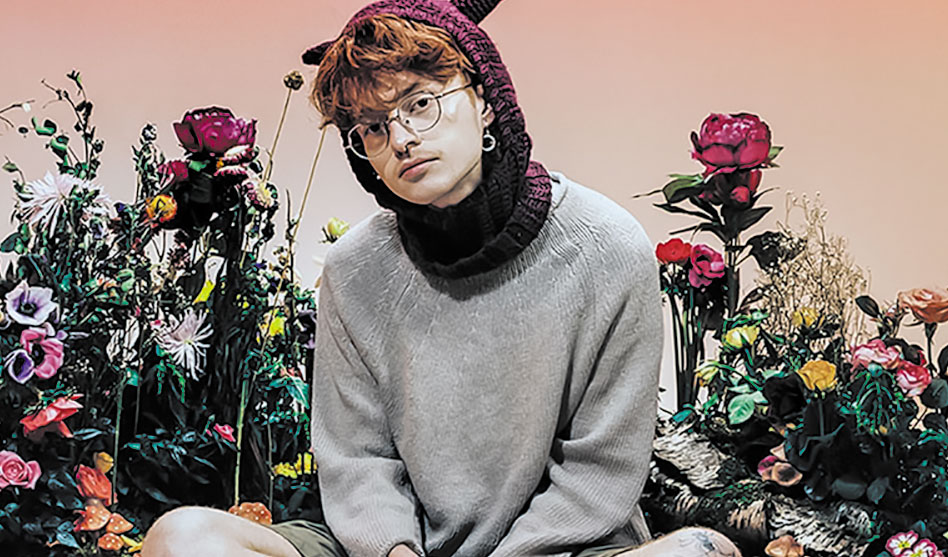Cavetown
Gen Z finds refuge in queer pop
 On April 5, my wife and I took our niece to see Cavetown, an English singer-songwriter. We stood for hours among a sea of Gen Z and young millennial fans. Chatting with some of the other parents before the concert began, we were the old intruders, merely rides and chaperones for those too young to drive or too broke to have a car.
On April 5, my wife and I took our niece to see Cavetown, an English singer-songwriter. We stood for hours among a sea of Gen Z and young millennial fans. Chatting with some of the other parents before the concert began, we were the old intruders, merely rides and chaperones for those too young to drive or too broke to have a car.
I was overwhelmed by the large amount of queer joy that washed over them. The concert crowd was a mix of multicolored hairstyles, fashion choices that reflected a simultaneous embrace and rejection of every fashion trend of the past 50 years, and more than anything, a refuge for them to celebrate themselves and each other.
It was unexpected, in the best way possible.
The concert attendees wore Pride flags as capes, reflecting their collective individualities: Aromantic. Genderfluid. Pansexual. Trans. The traditional rainbow gay Pride flag was nearly absent.
Others brought stuffed animals, which I assume is some inside cultural joke. Concert souvenirs, or “merch” as my niece corrected me, were reasonably priced. The vibe had an element of queer freedom that, between the pandemic and constant attacks from their government, was desperately needed.
Despite them having millions of streams and video views, there’s a good chance you’ve never heard of trans singer Cavetown or his two opening acts, Tessa Violet and Addison Grace (who is nonbinary). Until I bought the tickets, I hadn’t either.
The three artists represent the latest in a wave of YouTube-grown indie pop performers. They cultivate online fan bases with their tech, skills, ukuleles and music videos shot in their bedrooms. The songs talk of same sex crushes, gender identity, mental health struggles — but without the need for subtext or metaphorical lyrics we relied upon in previous decades.
They’re straightforward and vulnerable, much like their fans.
The musical genres of these artists offer imprecise definitions. It can be called Queer, Sapphic, Indie, Lo-fi,
Bedroom or DIY pop. Honestly, just take an adjective, verb or noun and follow it with “pop,” and you get the general idea.
Many of the artists are openly queer, and the ones that are straight (like Tessa Violet) are some of the fiercest allies you’ll find. They’re fiercely aware that their success is one part talent and one part being embraced by rabidly passionate LGBTQ youth trying to figure life out.
Sunday’s Grammy Awards offered more examples of LGBTQ artists gaining mainstream acceptance, which should always be celebrated. A country song about coming out won! Who could have foreseen that?
But what I saw in downtown Dallas on Tuesday night felt different. It was more raw, less produced. In the words of my niece, it was a total vibe.
I don’t know if Cavetown or any of these YouTube stars will ever win a Grammy. I don’t think the fans care.
Someone they saw only online was live, in the same space with them. And that connection mattered more than the corporate industry praise of an awards show.
This new generation of queer kids aren’t seeking our approval or acceptance. They are each other’s source of refuge. They have the support of each other. That’s all they need.
Aubree Calvin is writer and cohost of the Podcast Southern Queeries.













